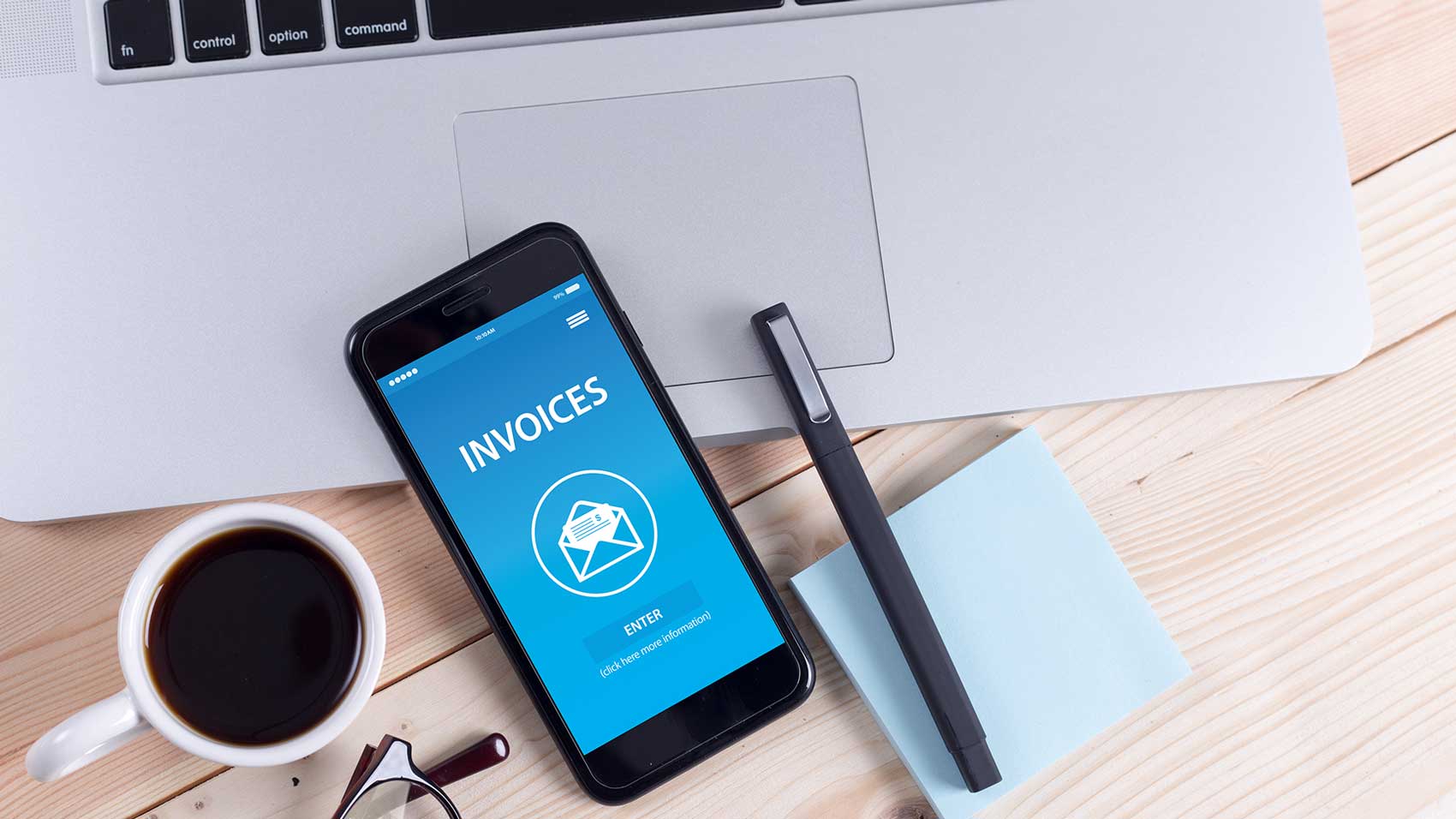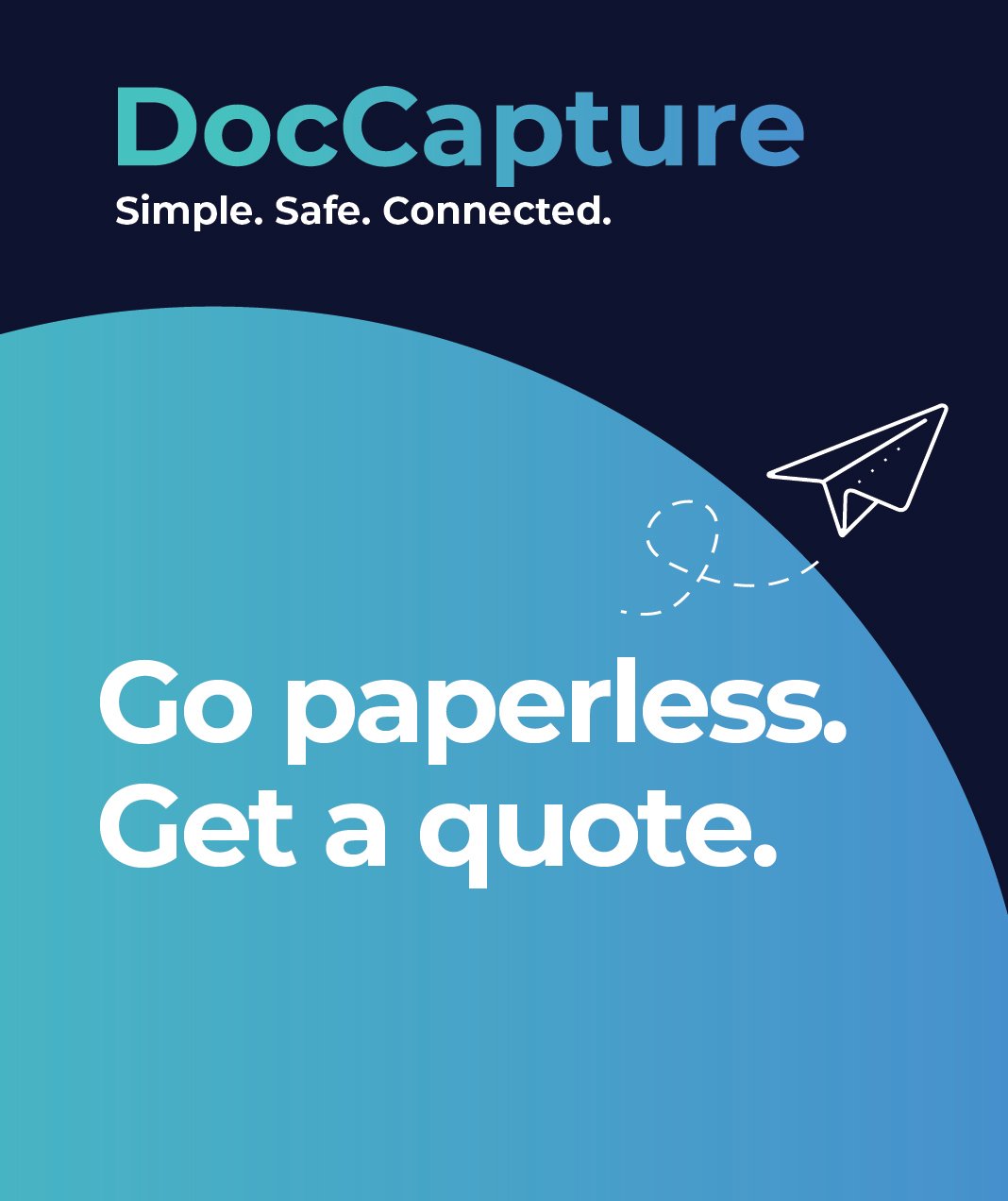Why Digital Accounts Payable Is the Key to Faster Payments
Table of contents
In today’s fast-paced business environment, finance leaders are under increasing pressure to do more with less—streamline operations, reduce costs, maintain compliance, and deliver accurate reporting, all while supporting business growth. Amidst these demands, accounts payable (AP) has emerged as a key area ripe for transformation.
Many mid-to-large businesses still rely on manual AP workflows that are inefficient, error-prone, and difficult to manage across departments. From chasing paper invoices to dealing with late payments and compliance gaps, finance professionals often find themselves bogged down in tedious processes that limit productivity and visibility.
But there’s a better way. Digital accounts payable solutions are revolutionizing how finance teams manage invoice processing, offering automation, centralized tracking, and seamless integrations with existing systems. The result? Faster approvals, reduced costs, improved compliance, and happier vendors.
In this article, we’ll explore the true cost of manual AP, define what digital AP really means, outline the benefits of going digital, address common concerns, and provide guidance for a successful transition. If you're ready to shift from reactive to strategic AP management, this guide is for you.
The Cost of Manual AP Processing
Manual accounts payable processes may seem manageable on the surface, but they often come with significant hidden costs and operational pitfalls. For finance teams striving for accuracy, efficiency, and compliance, these issues can quickly add up.
Hidden Costs: Late Fees, Duplicate Payments, and Labor
Manual AP relies heavily on paper invoices, email approvals, and manual data entry—all of which increase the chances of human error. Late payments can result in lost early payment discounts or costly late fees. Even worse, duplicate payments due to misplaced or reprocessed invoices can quietly drain thousands from your budget.
Beyond payment errors, labor-intensive processes consume valuable staff hours. Time spent chasing approvals, filing documents, and correcting mistakes is time not spent on strategic financial analysis or process improvement.
To understand how paper-based systems hold finance teams back, check out Why Your Accounts Payable Department Should Be Paperless.
Compliance Risks and Audit Challenges
With regulations tightening and audits becoming more frequent, compliance is non-negotiable. Manual systems make it harder to enforce internal controls, track approvals, and maintain a clear audit trail. Missing or incomplete documentation can raise red flags and expose your organization to penalties.
Digital AP systems, on the other hand, provide automated documentation, enforce compliance protocols, and simplify audit readiness—a key concern for finance professionals accountable to CFOs and auditors.
Learn more in Streamlining AP: The Digital Transformation of Accounts Payable.
Difficulty in Multi-Department Invoice Tracking
Invoices don’t just touch finance—they move across departments for coding, approval, and verification. In manual environments, this results in slow communication, misplaced documents, and endless follow-ups. Lack of centralized visibility makes it nearly impossible to track the status of every invoice in real time, often leading to delays and disputes with vendors.
A solution like Accounts Payable Document Scanning helps streamline this workflow by digitizing incoming documents and routing them through automated processes.
What is Digital Accounts Payable?
Digital accounts payable (AP) is the use of technology to automate and streamline the entire invoice lifecycle—from receipt to approval to payment—without relying on paper or manual processes. It replaces inefficient workflows with smart systems designed to increase accuracy, control, and visibility.
Core Components: Automation, Document Scanning, Digital Workflows
At its core, digital AP combines several powerful technologies:
-
Document scanning transforms paper invoices into searchable digital files. Solutions like Accounts Payable Document Scanning automatically capture and index invoices for fast retrieval and processing.
-
Automation tools extract invoice data using optical character recognition (OCR), match it with purchase orders, and trigger approval workflows—all with minimal human intervention.
-
Digital workflows replace back-and-forth emails and paper trails with structured, rule-based routing. This ensures the right approvers are notified, deadlines are tracked, and bottlenecks are minimized.
Together, these features eliminate repetitive tasks and reduce the risk of errors or delays.
How It Integrates with Existing Systems
One of the biggest concerns finance teams have about going digital is compatibility. Fortunately, modern AP solutions are built to integrate with the systems you already use—whether it's an ERP like SAP, Oracle, NetSuite, or an accounting platform like QuickBooks or Sage.
By syncing seamlessly with your financial stack, digital AP ensures data consistency across departments and simplifies reconciliation, reporting, and compliance. No need to overhaul your infrastructure—just enhance it.
If you're curious about how scanning and automation can fit into your operations, read Document Scanning Services for Accounts Payable for more insights.
Top Benefits of Going Digital
Transitioning to digital accounts payable isn’t just about going paperless—it’s about unlocking a smarter, more strategic way to manage your AP process. Here’s how finance leaders can benefit:
Improved Accuracy and Timeliness
Digital AP solutions drastically reduce human error by automating data entry and invoice matching. By capturing invoice details through OCR and validating them against purchase orders, the risk of duplicate payments or incorrect entries drops significantly.
Automated workflows also ensure that invoices move through the approval process quickly and efficiently, helping you meet payment deadlines and take advantage of early payment discounts.
Increased Efficiency and Staff Productivity
With fewer manual tasks, your team can focus on high-value initiatives like vendor management, cash flow forecasting, and financial analysis. Automation reduces repetitive workload and frees up your AP staff for more strategic contributions.
This increase in productivity not only reduces labor costs but also boosts employee satisfaction—no more chasing down lost invoices or buried email approvals.
Real-Time Tracking and Centralized Visibility
One of the biggest frustrations with manual AP systems is the lack of visibility. Digital AP platforms offer real-time dashboards and status tracking, so finance teams always know where each invoice stands in the approval process.
This centralized transparency is especially useful for controllers and finance directors overseeing multi-location or multi-department operations. For a deeper look into the advantages, revisit Streamlining AP: The Digital Transformation of Accounts Payable.
Better Vendor Relationships
Timely payments lead to stronger vendor relationships. With digital AP, delays due to misplaced invoices or manual bottlenecks are drastically reduced. Vendors get paid faster and more accurately, which builds trust and can lead to better terms and long-term savings.
Addressing Common Concerns
Adopting new technology always comes with questions and caution, particularly in finance departments where accuracy, security, and ROI are paramount. Here’s how digital accounts payable answers those concerns.
Data Security and Compliance of Digital Systems
Security is a top priority—and rightly so. Modern digital AP solutions use bank-grade encryption, role-based access controls, and secure cloud storage to protect sensitive financial data. Regular backups, audit trails, and automated recordkeeping ensure compliance with regulatory requirements like SOX, HIPAA, and GDPR.
With every invoice digitally time-stamped, approved, and archived, audit preparation becomes simpler and more transparent.
How to Overcome Resistance to Change
Change management can be challenging, especially if teams are used to paper-based processes. The key is to involve stakeholders early, communicate the “why” behind the transition, and show how digital AP actually makes their jobs easier—not harder.
Quick wins like faster approvals or fewer invoice errors can help convert skeptics into champions. Sharing content like Why Your Accounts Payable Department Should Be Paperless is a great way to build awareness and buy-in.
ROI and Implementation Costs Explained
Finance professionals are naturally ROI-driven, and the numbers are compelling. Digital AP reduces processing costs by up to 80%, according to industry benchmarks, thanks to fewer errors, lower labor costs, and faster cycle times.
Implementation costs vary by provider and business size, but many solutions offer scalable pricing and rapid deployment with minimal IT support. The long-term savings in time, money, and risk mitigation typically far outweigh the upfront investment.
Looking for a deeper dive? Check out Document Scanning Services for Accounts Payable to explore service models and ROI examples.
Getting Started: Transitioning to Digital AP
Shifting from manual to digital accounts payable doesn’t have to be overwhelming. With the right approach and the right partner, your finance team can transition smoothly and start realizing the benefits quickly.
Tips for Implementation Success
-
Assess Your Current Workflow
Map out your existing AP processes to identify bottlenecks, error-prone steps, and time-consuming tasks. This baseline will help you pinpoint the most impactful areas for automation. -
Engage Stakeholders Early
Get buy-in from department heads, IT, and AP team members. Their input will shape adoption and ensure the solution meets real-world needs. -
Start with a Pilot Program
Launch digital AP with one department or vendor group. A focused rollout helps refine processes, build confidence, and demonstrate ROI early. -
Integrate with Your ERP
Ensure your chosen AP solution integrates seamlessly with your existing accounting or ERP system. This avoids data silos and ensures real-time financial visibility. -
Train and Support Your Team
Provide hands-on training and ongoing support to ensure your team is comfortable with the new system. Choose a vendor with a strong customer success track record.
Importance of the Right Partner
Choosing the right partner can make all the difference. That’s where DocCapture stands out.
DocCapture offers secure, scalable Accounts Payable Document Scanning and digitization services tailored to your existing systems and workflows. Whether you’re starting with paper-heavy processes or looking to upgrade an outdated AP tool, DocCapture ensures a smooth transition with minimal disruption.
From document scanning to workflow automation and compliance-friendly storage, DocCapture is built to support finance leaders who demand efficiency, visibility, and control.
Conclusion
Manual accounts payable processes are no match for the demands of modern finance teams. From hidden costs and compliance risks to limited visibility and wasted time, traditional workflows hinder performance and scalability.
By adopting digital accounts payable, your organization gains more than just automation—you gain control, accuracy, transparency, and the ability to focus on strategic financial priorities. You improve relationships with vendors, reduce risk exposure, and free up your team for higher-value work.
DocCapture is here to help you make that transformation. With powerful Accounts Payable Document Scanning and seamless digital solutions, you can future-proof your AP operations and unlock meaningful ROI.
Ready to streamline your accounts payable process?
Schedule a free consultation or demo with DocCapture, or fill out our “Get a Quote” form to get started today.
Share this
You May Also Like
These Related Stories

Invoice Processing Services: Secret to Unlocking Cash Flow Efficiency

The Benefits of Using Document Scanning Services for Accounts Payable and Invoice Processing

